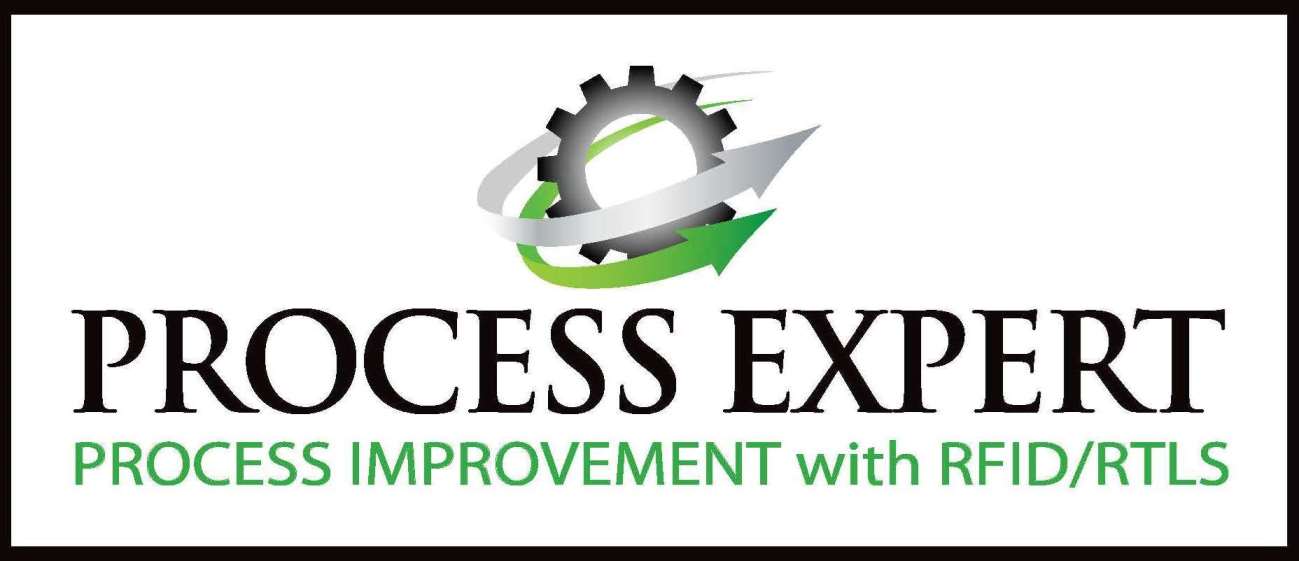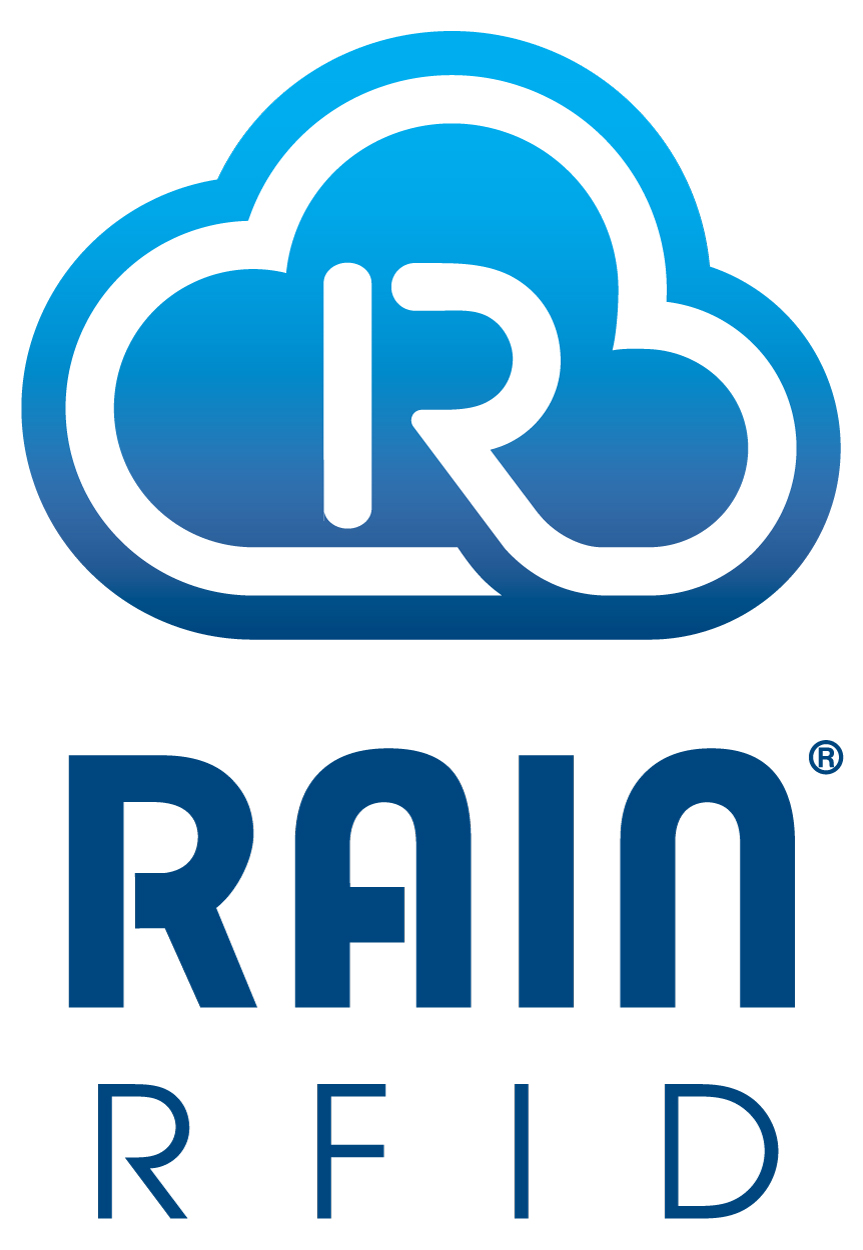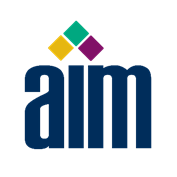Presentation Guidelines
- All speakers need to attend the Speaker Briefing at 8:00 am in Room 222C on the morning of their presentation. During that meeting, the Session Chairs will discuss the session procedures and speakers will have the opportunity to load their presentation slides on the session room laptop. Please be sure to attend.
- Each session room will be set with a laptop, a projector, and a microphone.
- Each session will be 90 minutes in length and 4 papers will be presented.
- Speakers should allocate about 17 minutes for their presentation. Additional 3 to 5 minutes should be available for discussion and Q&A with the attendees.
- The presenter should prepare a reasonable number of illustrations/slides so as not to exceed the 17 minute time. Typically, the expected pace is no more than 1 slide per minute.
- Additional slides could be prepared to support possible answers to attendees’ questions.
- Slides should be clear and simple, should not have too much text and graphics:
- Presenter should not simply read aloud the text
- Only illustrations/drawings that support the presentation (make it more understandable, point out the ideas, etc. ) should be used
- Use large fonts so they can be read without a major effort; typically 18-20 point fonts should be used.
- Presentation should be clearly structured:
- Title page followed by the outline of the presentation
- The basic problem should be clearly stated, as well as the application area
- Background and previous work should be summarized to provide a perspective for the results presented in the paper.
- The approach to solution and its novelty should be clearly stated and explained.
- The application of the approach to the application problem should be described, by pointing out the main features and characteristics, the problems and the solutions.
- The results should be clearly outlined and evaluated.
- Appropriate comparison with previous results or other data should be presented.
- Conclusions should summarize the work performed and point out the main contribution and results.
- Future work and developments should also be discussed.





